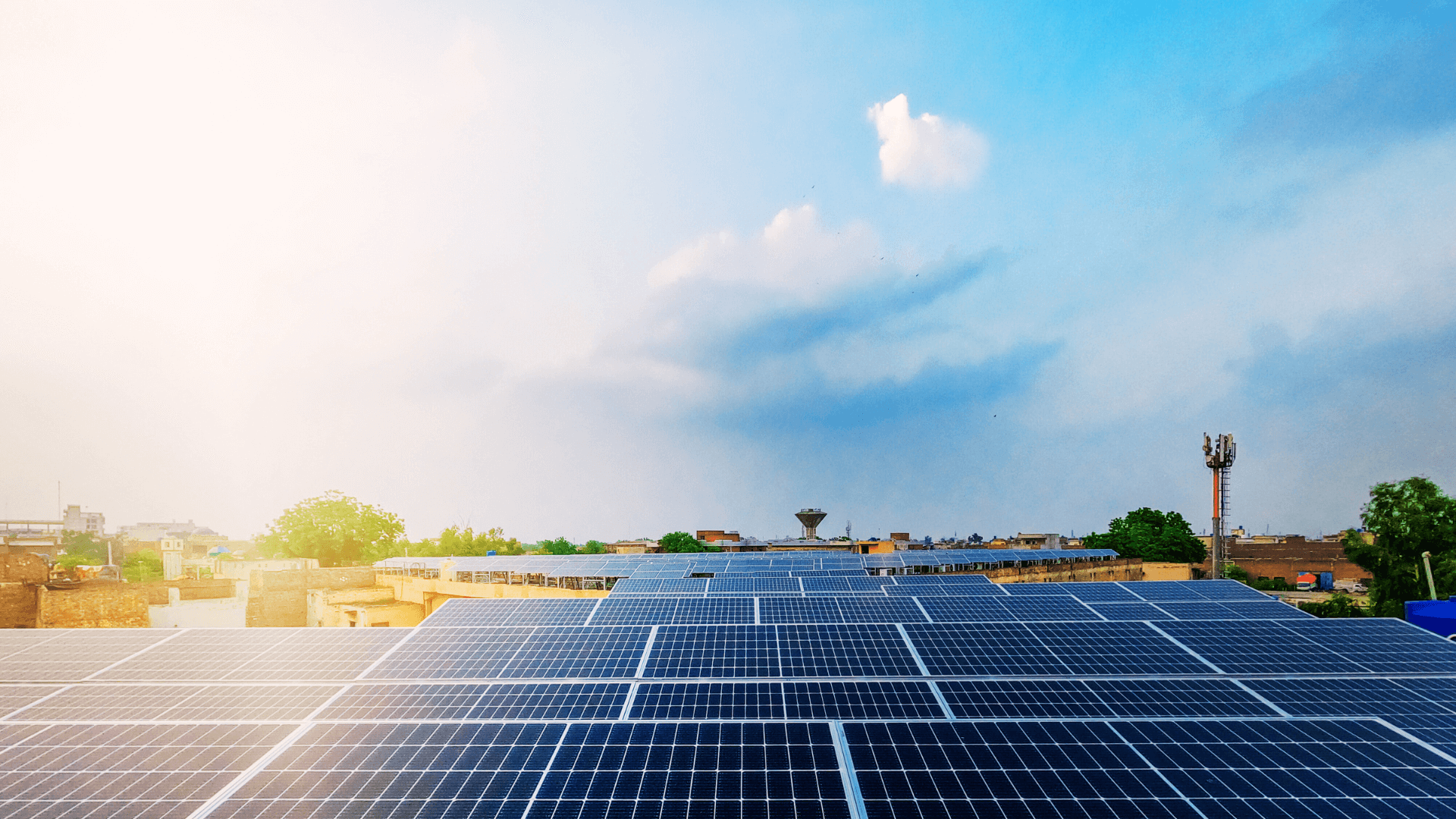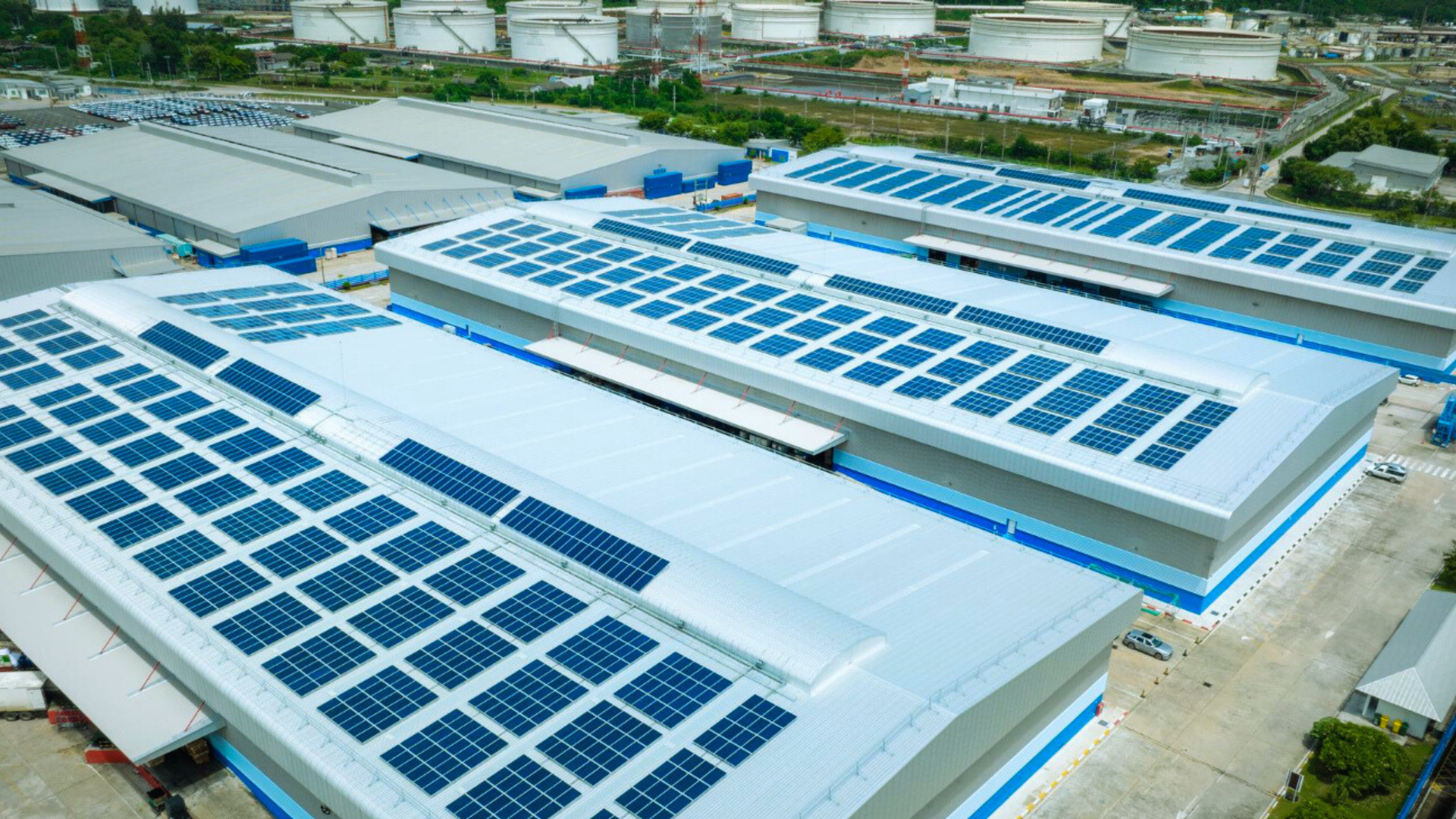The Indian government, through the Ministry of New and Renewable Energy (MNRE) and state DISCOMs, offers a range of subsidies and incentives to make solar energy affordable and accessible. Whether you’re a homeowner, a housing society, or a business exploring the adoption of solar power, understanding subsidy schemes, application processes, and eligibility criteria is essential.
This guide will walk you through everything you need to know to apply, benefit, and save in 2025.
What are Solar Panel Subsidies?
Solar panel subsidies in India are financial incentives offered by the government to make this renewable energy source more and more popular. These schemes make solar power systems more affordable for homeowners and lower the upfront installation costs, helping more people adopt clean energy.
The primary driver of these subsidies is the MNRE, which oversees the Grid-Connected Rooftop Solar Programme (Phase II). Through this scheme, subsidies are disbursed via state DISCOMs (Distribution Companies).
Many state governments also have their own schemes, offering extra perks for the adoption of solar energy. The process typically involves getting approval through the national solar portal or state DISCOM portals, submitting applications, and working with MNRE-approved vendors.
In short, these subsidies work as a bridge, making solar installations more financially accessible while helping India move closer to its renewable energy goals.
How to Apply for a Solar Panel Subsidy in India?
Applying for a solar panel subsidy in India has become very simple, thanks to online portals and support from DISCOMs and the MNRE. If you’re a homeowner planning to install a rooftop solar power plant, here’s how you can apply for the solar subsidy in India 2025.
Step 1: Register on the national portal
- Visit the National Rooftop Solar Portal: pmsuryaghar.gov.in
- Register using your mobile number (verify the OTP)
- Enter the details: Name, state, district, email
- Verify your email with an OTP and save your profile
- Click on ‘Apply for Solar Rooftop’ and select the state, district, DISCOM, and electricity board consumer number
- After you click ‘Fetch Details’, all the information will be auto-filled
- Then click ‘Next’
Step 2: Choose an approved vendor
· Pick an MNRE-registered vendor or solar company and get a feasibility approval
· Ensure they help with getting the approval and the paperwork, along with technical support
Step 3: System installation and net metering
· Proceed with installing the rooftop solar system
· Apply for and install the net meter through your DISCOM (The vendor should be able to help with this)
Step 4: Upload the required documents
· After installation, submit:
o Commissioning certificate
o Bank details for subsidy credit
o System photographs and invoices
Step 5: Inspection and subsidy credit
· DISCOM conducts a physical inspection
· Upon approval, the subsidy amount is credited to your bank account within 30 days
This ensures your solar power installation is not only sustainable but also financially rewarding under the Indian government’s solar subsidy scheme.
What are the Eligibility Criteria for the National Rooftop Solar Scheme in 2025?
The national rooftop solar subsidy scheme 2025, governed by the MNRE, is officially named the ‘PM Surya Ghar: Muft Bijli Yojana’. This government subsidy on solar panels aims to make rooftop solar systems affordable for the residential sector and encourages clean energy adoption. Here are the eligibility criteria as per the MNRE:
Eligibility criteria
· The subsidy is for residential consumers only (individual households, housing societies, and apartment complexes)
· System capacity should be under 10 kW for individual homes
· Housing societies and group housing can apply for up to 500 kW
· The applicant must have a valid electricity connection from their DISCOM
· Installation must be done by MNRE-empanelled vendors only
· The system must be grid-connected and net-metered
Not eligible
Commercial and industrial users are not eligible for the national subsidy. They can, however, avail other benefits like:
· Accelerated depreciation for tax benefits
· Net-metering for conventional electricity usage when required
· State-specific solar subsidy schemes in India
For example, Ramesh, a homeowner from Jaipur, decides to install a 5 kW rooftop solar system. While browsing online, he assumes any local installer can do the job. After getting the system installed, he applies for the national rooftop solar power system subsidy, only to discover the installer was not MNRE-approved, making him ineligible for the subsidy.
To avoid such errors, always check the MNRE-approved vendor list via the National Solar Portal. You can also consult with DISCOM officials or certified solar power companies before committing to installation or solar loans.
This simple step ensures hassle-free subsidy disbursement under the ‘PM Surya Ghar: Muft Bijli Yojana’ or other subsidy schemes and protects your investments.
How Much Subsidy for Solar Panels Do We Get in India?
The subsidy amount for solar panels in India varies based on the system capacity and consumer type, under the Central Financial Assistance (CFA) provided by the MNRE.
| System Capacity (kW) | Subsidy Percentage (CFA) |
| Up to 3 kW | 40% |
| Above 3 kW to 10 kW | 20% (on additional capacity) |
| Group Housing Societies | 20% (up to 500 kW) |
This subsidy is directly credited to the consumer’s bank account post-installation and inspection.
When Does the Solar Panel Subsidy End?
As of 2025, the solar panel subsidy in India under the National Rooftop Solar Programme (Phase II) is set to continue until the government achieves its target of 40 GW rooftop solar capacity nationwide. While no fixed expiry date has been announced, MNRE regularly reviews subsidy allocations based on annual budgets and state-wise targets.
Importantly, certain state-level subsidy schemes may have specific validity periods, which vary by state DISCOM policies. These often operate on a first-come, first-served basis, closing once allocated funds are exhausted for the fiscal year.
Consumers planning to install solar panels should apply early via the National Solar Portal to ensure eligibility. Future adjustments or reductions in subsidy rates may occur as India nears its renewable energy goals, making 2025 a critical window for maximising solar subsidy benefits.
Secure a rooftop solar loan with the EFL Click App.
End Note
With India’s push towards clean energy, solar panel subsidies are a timely opportunity to reduce your electricity bills, adopt solar energy, and contribute to the nation’s renewable energy goals. Acting now ensures you can avail the solar subsidy while current schemes and benefits are still active. Always consult MNRE-approved vendors, follow official subsidy application processes, and stay updated through DISCOM portals to avoid delays or errors in your solar rooftop journey in India 2025.
FAQs
What documents are required for the solar panel subsidy application process?
To apply for the solar panel subsidy in India, you typically need the following documents:
· Proof of identity: Aadhaar card, PAN card, or other government-issued ID
· Proof of address: Recent electricity bill, ration card, or property tax receipt
· Property ownership proof: Property deed or ownership certificate
· Bank account details: Passbook copy or cancelled cheque for subsidy transfer
· Installation documents: System commissioning report and net metering approval
Ensure all documents are valid and up-to-date to facilitate a smooth application process.
What is the price of a 3kW solar panel in India with a subsidy?
The cost of a 3kW solar panel system in India varies based on quality and installation specifics. However, with the government subsidy:
· Without subsidy: Approximately ₹2.5 to ₹3 lakhs
· Subsidy amount: Up to ₹78,000 under the PM Surya Ghar Muft Bijli Yojana
· Net cost after subsidy: Around ₹1.72 to ₹2.22 lakhs
This subsidy significantly reduces the initial investment, making solar energy more accessible.
What is the latest solar subsidy?
As of 2025, under the PM Surya Ghar Muft Bijli Yojana, the government offers:
· For 1-2 kW systems: ₹30,000 per kW
· For 3 kW systems: ₹78,000 fixed
· Above 3 kW: No additional subsidy beyond ₹78,000
This scheme aims to promote residential solar adoption by providing substantial financial assistance.




